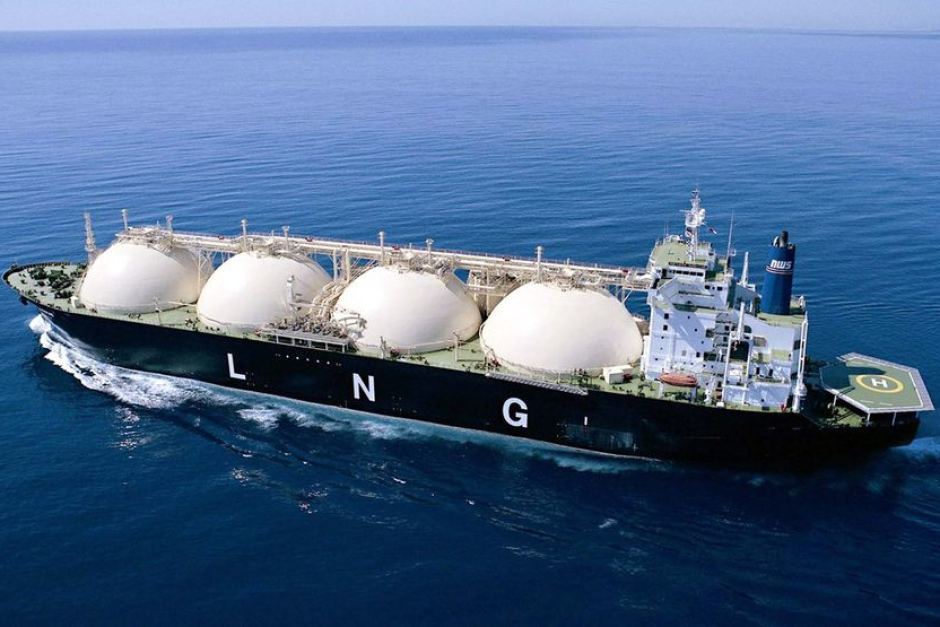
Lower long-term LNG prices could encourage coal-to-gas switching in Northeast Asia, while Chinese LNG demand is also expected to expand this year, albeit at a slower rate, as China gets back to work.
Asia Pacific gas demand was already under pressure as the coronavirus hit consumption in China and continued downside is likely as the world struggles to contain the virus.
Still, low oil prices are a mixed blessing for LNG markets. “Sustained lower oil prices will bring down LNG contract prices in Asia, which have been at a premium recently, but also create greater competition from oil itself,” said Gavin Thompson, Asia Pacific vice chairman at Wood Mackenzie.
In Japan and South Korea, lower prices for oil-indexed contracts should support coal-to-gas switching economics in the power sector. High oil-indexed contract volumes dominate the weighted average cost of gas in Asia, resulting in strong 2019 prices around $10-12/MMBtu, data from Wood Mackenzie shows. But with the oil price fall, prices are set to halve over the next three to six months, bolstering the case for gas, added Thompson.
Japan and South Korea together burned around 66 million tonnes of LNG in the power sector alone last year. Wood Mackenzie forecasts an additional 8 million tonnes of demand from the power sector if just 5% of generating capacity swings from coal to gas. However, there are caveats to this potential rise in LNG burn. Firstly, the economic fallout following the coronavirus could also dampen demand for power. Secondly, if gas starts to push out coal then coal prices could collapse thereby reducing the coal-to-gas switching potential.
Elsewhere, for China, at $35/b oil, contracted LNG arrives at a lower cost than domestic wholesale price benchmarks. While “there is strong incentives for NOCs to retain the benefits, the import cost reduction will be partially passed through and allow the government to push lower gas prices to end-users,” said Thompson. This will help coronavirus-affected business resume operations as China gets back to work. But stimulating new coal-to-gas switching will still need more policy support, he added.
In other markets, gas demand will come under pressure. Notably in India, where lower oil prices could slow the shift from oil to gas in the industrial sector, as heating oil, LPG and naphtha compete with contracted LNG and spot LNG, warned Thompson.
Depressing start
This year already got off to a depressing start for the LNG market with low gas prices in Asia following a mild winter and plentiful supplies from the US and Australia. At the same time, China, which has driven the market with fast growth in many areas, has sparked global concern due to the coronavirus, said Xi Nan, VP of Gas and Power Markets at Rystad Energy.
Low business and industrial activity due to the coronavirus caused Chinese LNG imports to drop almost 10% to 10 million tonnes in the first two months of 2020 from the same time a year ago. As a result, the Asian LNG spot market was further depressed to below $3/MMBtu in February, an all-time low.
This resulted in wider spreads between oil-linked contracts and spot prices. The most widely used oil-indexed contract in Northeast Asia, the JCC-index, averaged $10.9 per MMBtu trading at almost twice the level as spot prices in 2019, according to Rystad Energy.
In September 2018, the spread between the JCC oil-indexed price and the Asia spot price was only $0.30/MMBtu but widened to reach a maximum spread of $6.71/MMBtu in August 2019 and ended the year at $4.80/MMBtu. The high spread between JCC and LNG spot resulted in a $33 billion cost premium for Northeast Asian LNG buyers on long-term deals, reported Rystad Energy. This has triggered calls from buyers for producers to lower long-term contract prices.
The situation has been aggravated by China’s top LNG importer CNOOC declaring force majeure to free itself from some contractual obligations to receive LNG, and PetroChina delaying the discharge of cargoes, due to the uncertain downstream demand and a shortage of workers due to the epidemic, said Nan.
This deepens the concern for LNG sellers. “If more Chinese companies cancel or defer importing LNG volumes from term contracts and the spot price falls further, sellers may face another round of pressure from buyers wanting to renegotiate existing contracts or hesitating to sign new ones,” added Nan.
Still, Rystad Energy expects Chinese LNG demand growth to continue, but at a much lower rate of 4.7% year-on-year in 2020, due to the effects of the coronavirus and the Chinese government’s measures to limit the outbreak.
China has contracts to buy 50 million tonnes per annum (mtpa) of LNG from Australia, Qatar, Malaysia, Indonesia, Russia, Papua New Guinea, the United States and portfolio players. It needs to secure another 12 mtpa this year and 22 mtpa next year from new deals or on the sport market, data from Rystad Energy shows. The gap between LNG demand and contracted volumes is forecast to hit 43 mtpa by 2025 and 85 mtpa by 2030.
